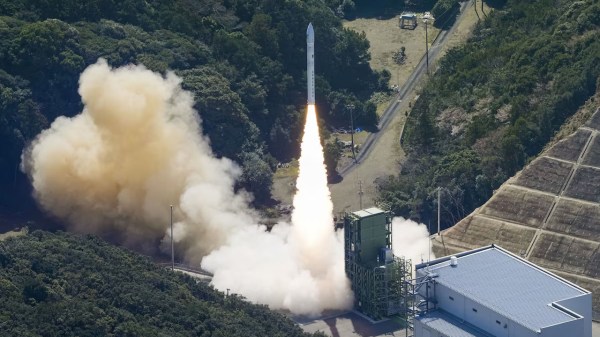If you are a retrocomputer person, at least in North America and Europe, you probably only have a hazy idea of what computers were in the Japanese market at the time we were all buying MSDOS-based computers. You may have heard of PC-98, but there were many Japanese-only computers out there, and a recent post by [Misty De Meo] asks the question: What happened to the Japanese computers?
To answer that question, you need a history lesson on PC-98 (NEC), FM Towns (Fujitsu), and the X68000 (Sharp). The PC-98 was originally a text-only MSDOS-based computer. But eventually, Microsoft and NEC ported Windows to the machine.
The FM Towns had its own GUI operating system. However, it too had a Windows port and the machine became just another Windows platform. The X68000, as you may well have guessed, used a 68000 CPU. Arguably, this was a great choice at the time. However, history shows that it didn’t work out, and when Sharp began making x86-based Windows machines — and, of course, they did — there was no migration path.
[Misty] makes an interesting point. While we often think of software like Microsoft Office as driving Windows adoption, that wasn’t the case in Japan. It turns out that multitasking was the key feature since Office, at the time, wasn’t very friendly to the native language.
So where did the Japanese computers go? The answer for two of them is: nowhere. They just morphed into commodity Windows computers. The 68000 was the exception — it just withered away.
Japanese pocket computers were common at one time and have an interesting backstory. Japanese can be a challenge for input but, of course, hackers are up to the challenge.

















